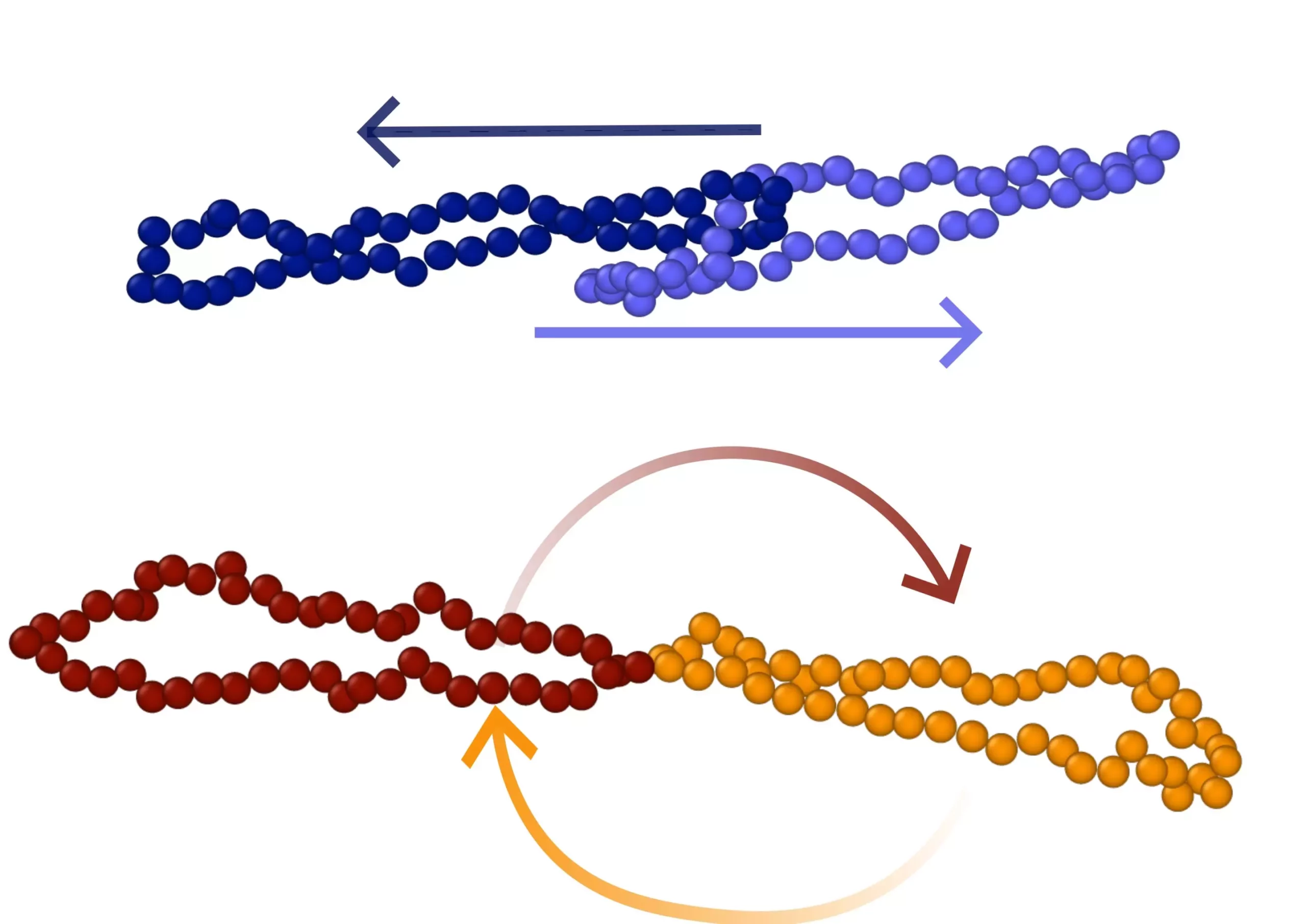The shearing of fluids refers to the sliding of fluid layers over each other under shear forces, a concept crucial in nature and rheology. Shear forces are lateral forces that induce deformation or slippage between material layers. Fluid shear experiments are essential for characterizing rheological properties such as viscosity and thixotropy, important in various applications.
Recent research has delved into the shear behavior of viscoelastic fluids created by introducing polymers into Newtonian fluids. A novel approach involves considering polymer topology, focusing on the spatial arrangement and structure of molecules. Ring polymers, macromolecules composed of closed loops without free ends, have become a key area of interest in current research.
Special emphasis has been placed on considering hydrodynamic interactions in simulation experiments to study the interplay between fluctuating hydrodynamics and polymer topology. Surprising results have emerged, highlighting the unique dynamic patterns in ring polymers under shear forces compared to other polymer types such as linear, star, or branched polymers.
The study reveals two distinct dynamic patterns in ring polymers under shear forces – gradient-tumbling and slip-tumbling. Bonded rings (BRs) exhibit continuous gradient-tumbling motion, while polycatenanes (PCs) maintain a fixed, stretched conformation under shear with intermittent slip-tumbling dynamics. These unique modes of motion are influenced by the interplay between hydrodynamics and polymer architecture.
The different tumbling motions and structures of BRs and PCs have a significant impact on the mechanical properties of the solution. BRs release internal stresses by tumbling, whereas PCs store stresses permanently, resulting in higher viscosity. This observation raises the hypothesis that the shear viscosity of highly concentrated solutions or polymer melts could be influenced by the tumbling motions and structures of these molecules.
The study, a collaborative effort between multiple research institutions, underscores the importance of understanding the interplay between hydrodynamics and polymer architecture in fluid shearing. Further experimental and theoretical studies are needed to validate the impact of polymer topology on shear viscosity and explore the implications for various applications in industries ranging from industrial processes to medicine.


Leave a Reply